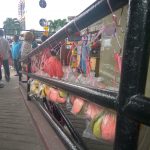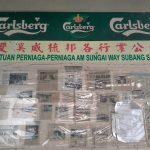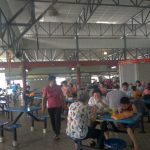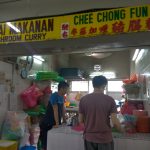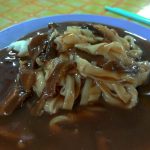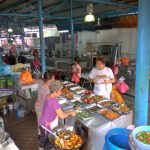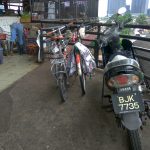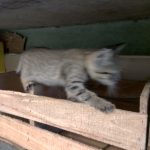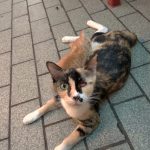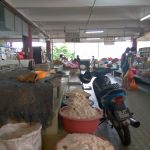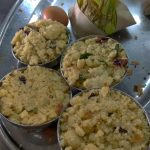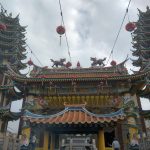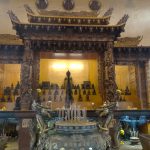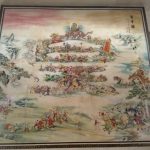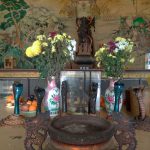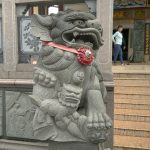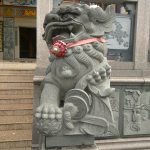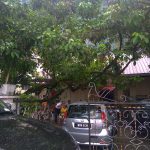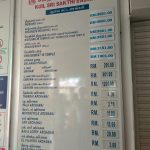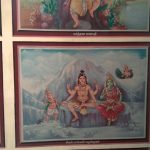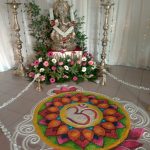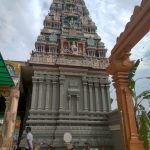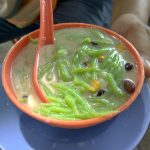Every now and again, I like to go slow ride and find hidden gems. Consisting of local food and hidden places. My friend and I have planned to visit Sungai Way for its famous Chee Cheong Fun sometime early last month but due to work and prior engagements only managed to do this yesterday. The highlight was not so much the chee cheong fun, but the discovery along the way and visit to my friend’s relatives’ home. They welcomed us warmly and I got to visit the old house of Sungai Way house ‘192’. I always wondered how the interior would look like. Got to mingle with my friend’s relatives played with the toddlers while my friend catched up on family news.
PETALING JAYA has been around for more than a century. The historical roots of PJ reach as far back as the 15th century but it wasn’t until 1952 that the township of PJ began to take shape.
It started with 486 hectares of Effingham Estate and 800 houses. The British administrators then thought it was a great idea to siphon off some of the excess population from Kuala Lumpur. PJ was a rubber estate and filled with pokok Petaling, although you could not find the said tree now.
The birth site of Petaling Jaya is PJ Old Town. Sungai Way is part of PJ district which was granted city status in 2006.
The new village was named after a river which flows through the area. However, the first signs of settlement were spotted in Sungai Way 147 years ago (1870). In the late 19th century, Sungai Way was nothing but a large tract of rubber trees and tin mines.
Economic and poverty issues in India and China served as a push factor for foreigners to migrate to old Malaya. A large number of migrant labourers found themselves struggling to earn a living in clustered areas of Sungai Way (reference: http://www.selangortimes.com/index.php?section=travel&permalink=20121102121100-way-of-life-in-sungai-way)
Visited the Leng Eng Tian Khiew Ong Tai Tay temple in Sungai Way which celebrates the Nine God Festival in the lunar calendar. An annual event, for nine days, Taoists gather at various temples around the country to celebrate the Nine Emperor Gods festival, which begins on the eve of the ninth month of the lunar calendar.
(Read more at http://www.thestar.com.my/news/community/2014/10/07/a-night-for-the-nine-gods-hundreds-gather-at-petaling-jaya-temple-for-culmination-of-festival/#k5tTcIIFwlkuzT2j.99)
I saw many of the statue deities were charcoal black and in the centre of the building, they had a huge painting with sunlight perked in through a centre large window. After much poking around in the temple, we went looking for soya bean. For a big bottle of fresh homemade soya bean, it was RM6.00 (1.5litre) and a glass is RM1.50. The young man selling soya bean sold at least 4 big steel tongs of soya bean. I was amazed!
I went home happy with my purchase form the market. I am thinking of returning to try other food available from Pasar Seri Setia.
